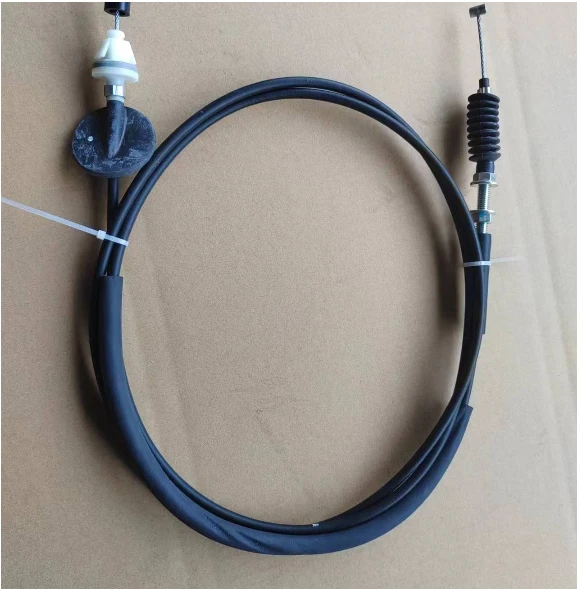clutch hose
Understanding Clutch Hoses A Key Component of Vehicle Performance
In the intricate world of automotive engineering, seemingly small components can play crucial roles in the performance and reliability of vehicles. One such component is the clutch hose, a vital part of the hydraulic clutch system found in manual transmission vehicles. Understanding the function and importance of clutch hoses can help vehicle owners appreciate the complexity of their automobiles and the necessity of proper maintenance.
What is a Clutch Hose?
A clutch hose is a flexible tube that transmits hydraulic fluid from the clutch master cylinder to the clutch slave cylinder. This fluid is essential for the operation of the hydraulic clutch, allowing drivers to engage and disengage the engine from the transmission smoothly. When the driver depresses the clutch pedal, the force is transferred through the hydraulic fluid, enabling the clutch plates to separate so that the gears can be changed without grinding or damaging the transmission.
The Importance of Clutch Hoses
Clutch hoses are designed to withstand high-pressure conditions, as they need to transmit hydraulic fluid effectively during the actuation of the clutch system. The performance of a vehicle’s clutch relies heavily on the integrity of the clutch hose. If the hose develops leaks, corrosion, or other forms of damage, it can result in significant performance issues. Drivers may experience symptoms such as a spongy clutch pedal, difficulty in shifting gears, or complete clutch failure, which can lead to costly repairs and potential safety hazards.
Signs of Clutch Hose Issues
Recognizing the signs of a failing clutch hose can save vehicle owners time and money. Some common indications include
clutch hose

1. Fluid Leaks The presence of hydraulic fluid under the vehicle, especially near the clutch area, is a clear sign of a problem. 2. Soft or Spongy Clutch Pedal If the pedal feels softer than usual or sinks to the floor without resistance, this could indicate air in the hydraulic line or a failing clutch hose.
3. Difficulty Shifting Gears Problems with shifting can point to insufficient hydraulic pressure, often caused by a compromised clutch hose.
4. Burning Smell A burning odor can accompany a malfunctioning clutch system, indicating excessive wear or overheating components.
Maintenance and Replacement
Due to the crucial role of the clutch hose, regular inspection and maintenance are essential. Vehicle owners should periodically check for any signs of wear or fluid leaks and have them addressed promptly. Replacement of a damaged clutch hose is generally a straightforward process, though it should always be performed by a qualified technician to ensure proper installation and to avoid further complications.
Using high-quality replacement parts is also essential. Poor-quality hoses can lead to premature failure, affecting the overall performance of the clutch system. Therefore, when replacing a clutch hose, it’s advisable to choose OEM (Original Equipment Manufacturer) parts or trusted aftermarket brands that meet the required specifications.
Conclusion
Clutch hoses are a small but significant component of a vehicle's hydraulic clutch system. Understanding their function and the importance of maintaining them can enhance a driver’s experience and ensure the longevity of the vehicle. Regular checks and timely replacements can mitigate the risks of clutch failure, keeping both the driver and the vehicle safe on the road. As automotive technology continues to evolve, staying informed about such essential components is crucial for any vehicle owner.
-
Workings of Clutch Pipe and Hose SystemsNewsJun.04,2025
-
The Inner Workings of Hand Brake Cable SystemsNewsJun.04,2025
-
The Secrets of Throttle and Accelerator CablesNewsJun.04,2025
-
The Hidden Lifeline of Your Transmission Gear Shift CablesNewsJun.04,2025
-
Demystifying Gear Cables and Shift LinkagesNewsJun.04,2025
-
Decoding Clutch Line Systems A Comprehensive GuideNewsJun.04,2025
